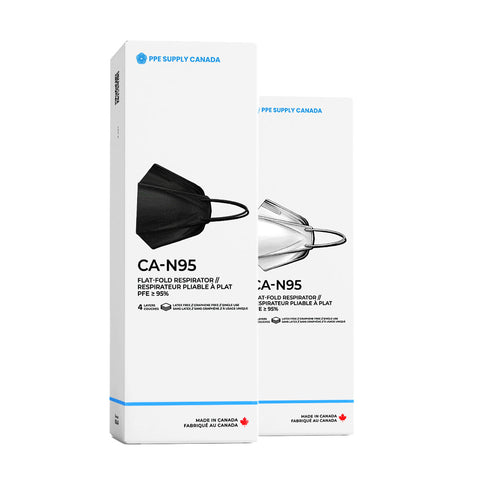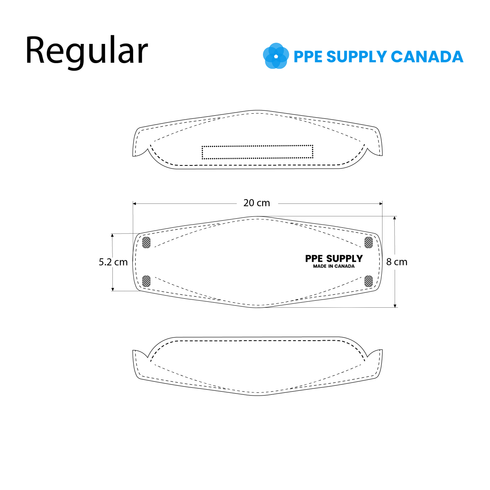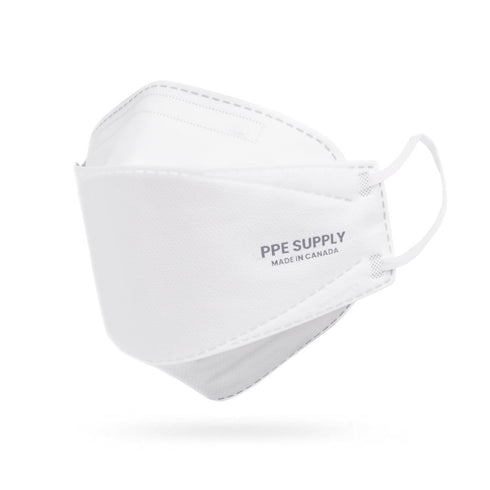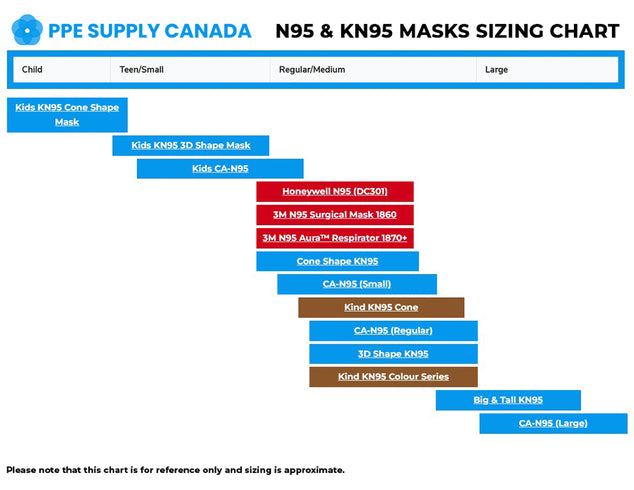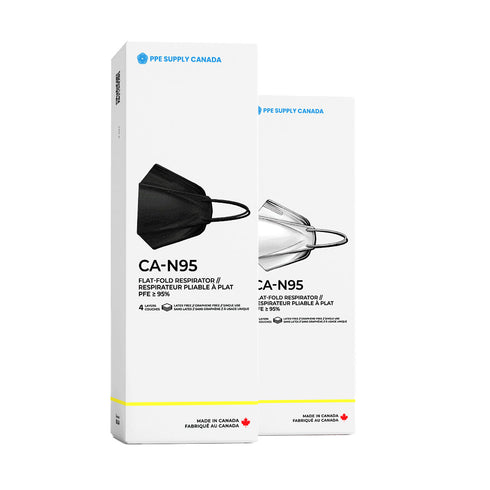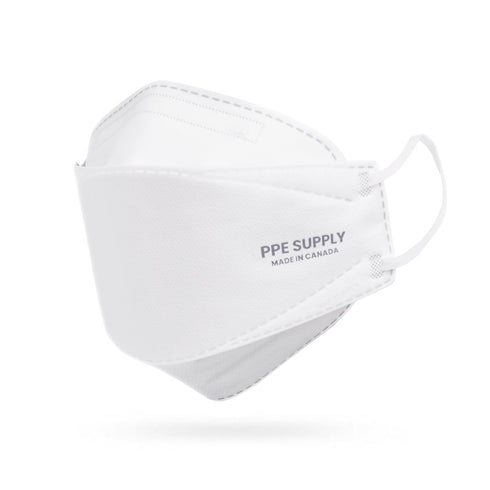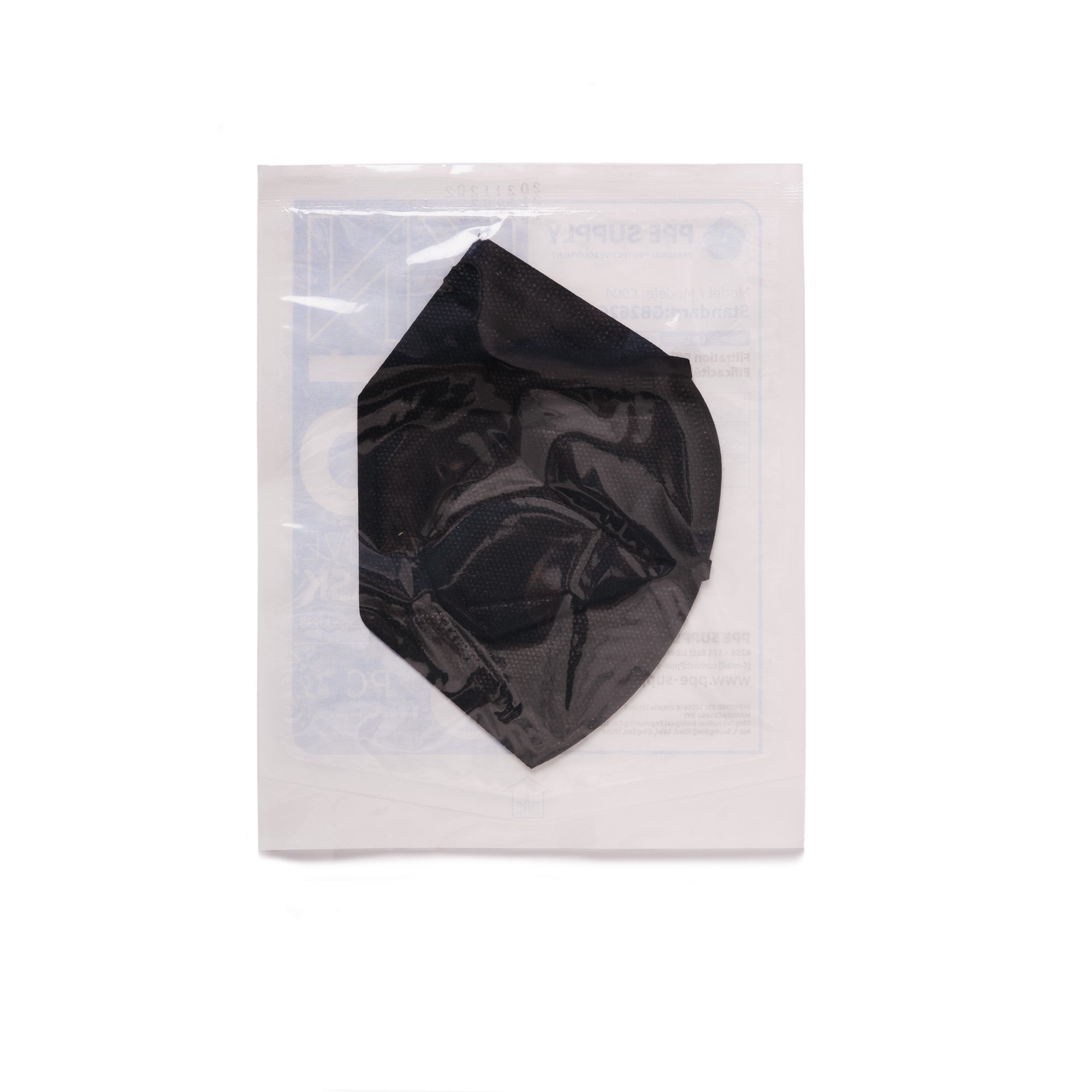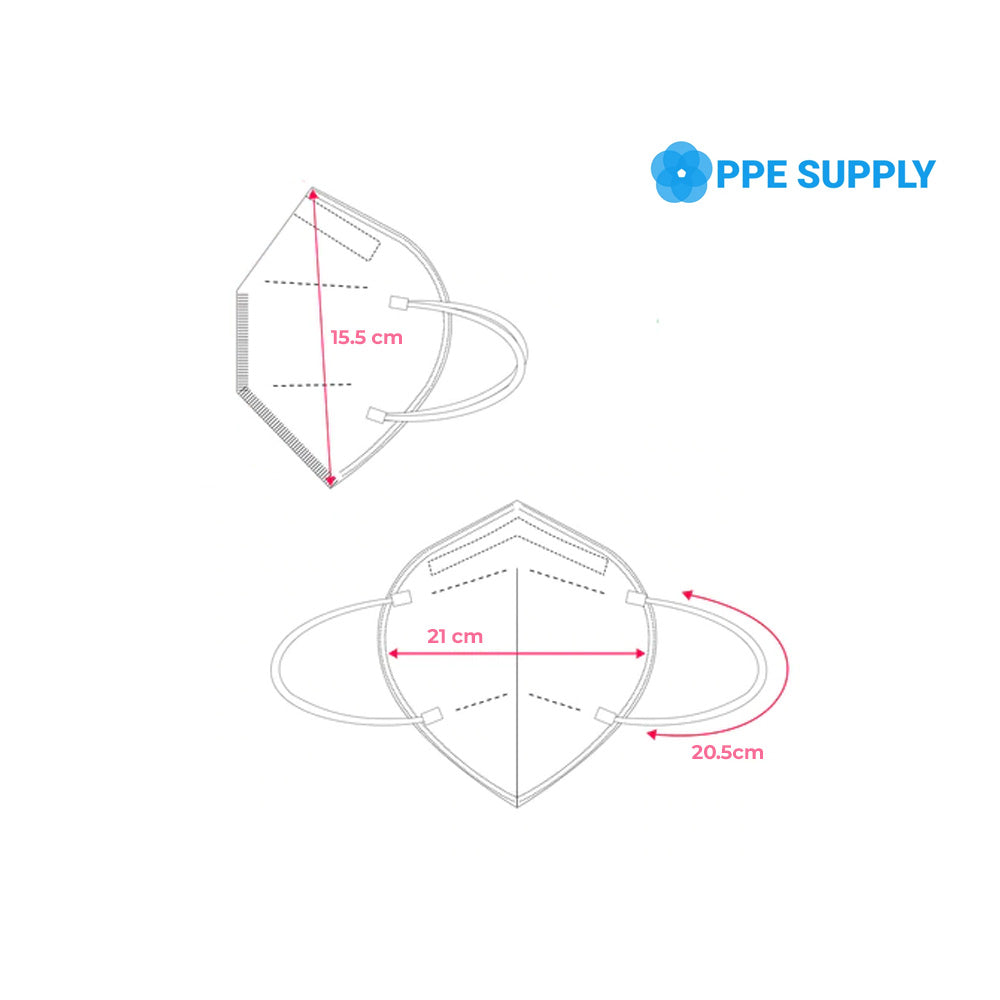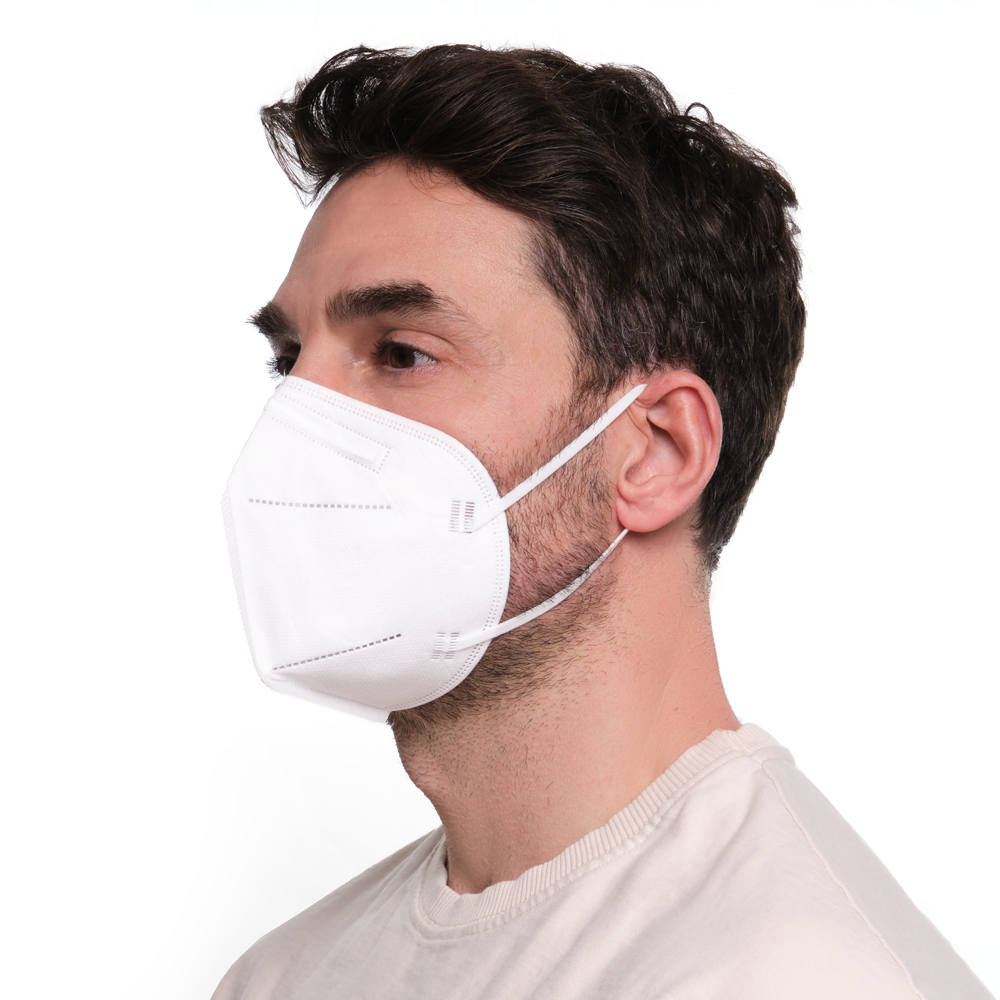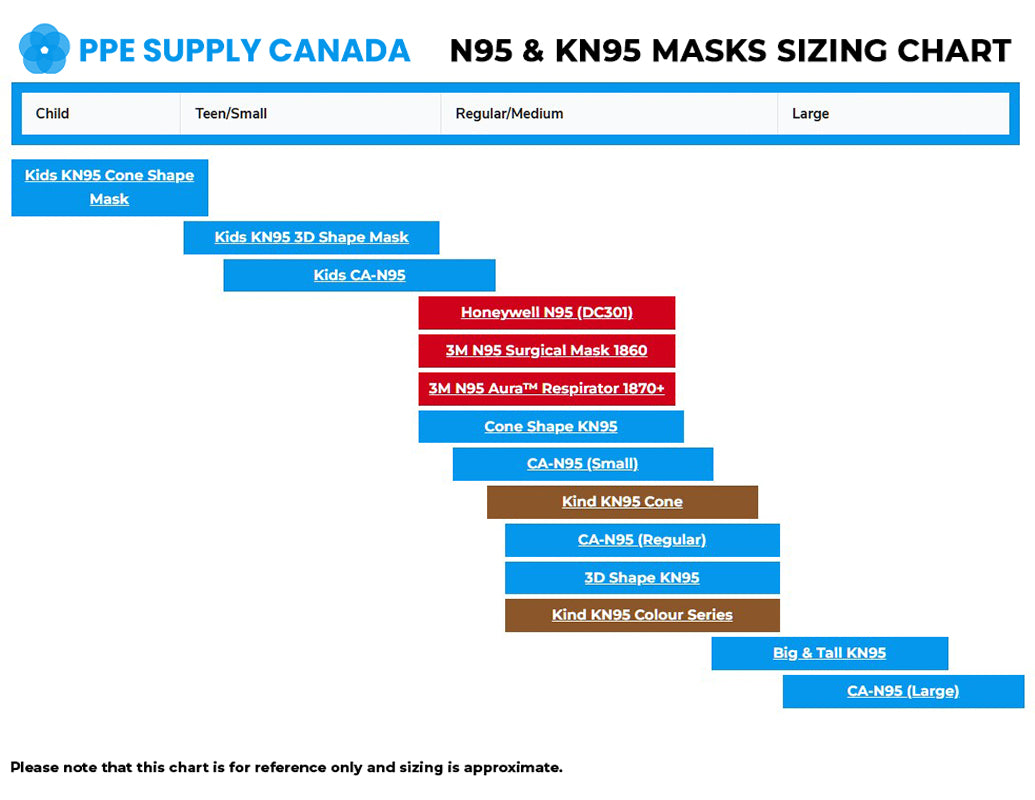Wastewater Testing for COVID-19

As COVID-19 continues to affect everyone across Canada, wastewater testing is emerging as an important tool for tracking the spread of the virus. In British Columbia, Ontario, and other parts of the country, researchers are analyzing sewage samples to monitor the levels of SARS-CoV-2.
Since September of 2020, Toronto Public Health announced that it had begun collecting and analyzing sewage samples from 18 wastewater treatment plants across the city. The goal of the testing is to provide an early warning system for COVID-19 outbreaks and to monitor the effectiveness of public health interventions.
In Ottawa, researchers at the University of Ottawa have been using wastewater testing since May 2020 to monitor the spread of COVID-19 in the city. The researchers collect daily wastewater samples from five treatment plants across the city and test them for the presence of the virus. The testing has been proven to be invaluable in allowing public health officials to track and predict the trajectory of the pandemic in the community.
But how exactly does wastewater testing function? Particles of the COVID-19 virus from infected individuals' feces enter the wastewater system when they use the bathroom. After that, SARS-CoV-2 can be found in wastewater samples taken from treatment plants by researchers. Scientists can monitor the population's spread of the disease by monitoring the virus levels in wastewater over time.
There are a number of advantages that wastewater testing has over traditional COVID-19 tracking methods. First and foremost, it can easily identify the virus's presence in a population even before individuals begin to exhibit symptoms or undergo testing. Public health officials can use this early warning to take preventative measures against outbreaks.
Second, testing wastewater can provide a more complete picture of a community's COVID-19 cases. Even though it's important to test each person individually, not everyone is tested, and some people may have mild or asymptomatic cases that go unnoticed. Researchers can get a better idea of the virus's overall prevalence in a given area by analyzing wastewater samples.
Just like regular COVID-19 testing, wastewater monitoring has some of its own drawbacks as well. It may not be as accurate as traditional testing methods, for instance, and it is unable to identify individual COVID-19 cases. However, it can be a useful tool for monitoring the virus's spread when used in conjunction with other data sources.
CONCLUDING THOUGHTS
In conclusion, the recent results of wastewater testing across Canada emphasize the significance of employing advanced strategies for tracking COVID-19 cases. Researchers can get a more complete picture of the prevalence of the virus in the population and take preventative measures to stop its spread by analyzing sewage samples. We must make use of every tool we have to continue to safeguard public health.




